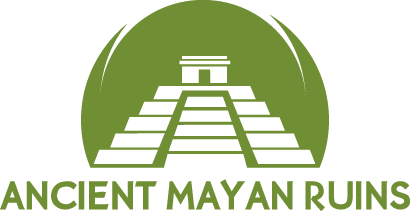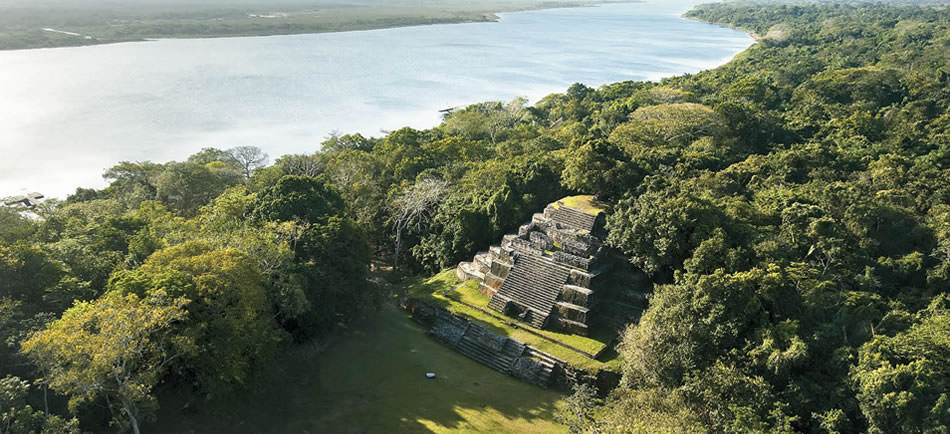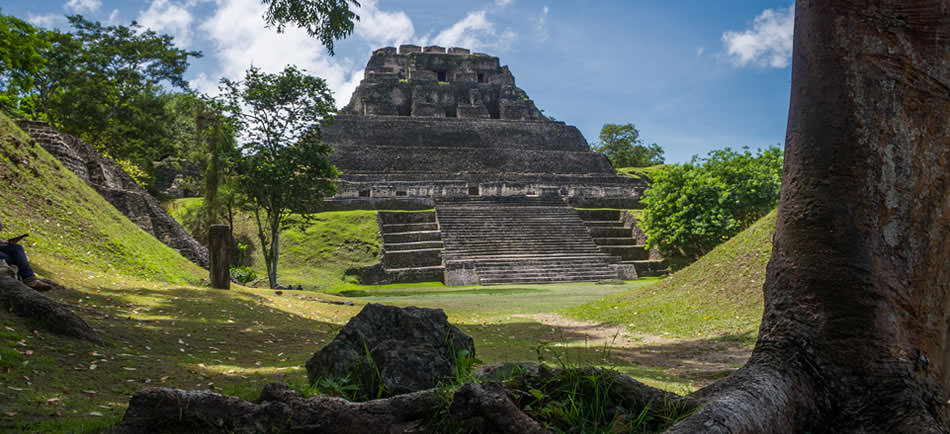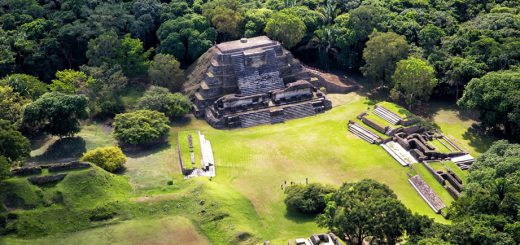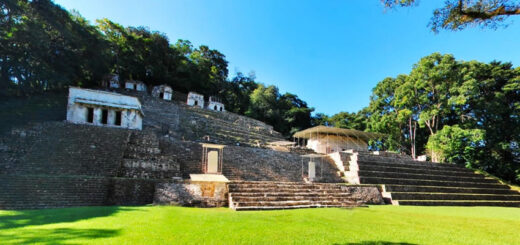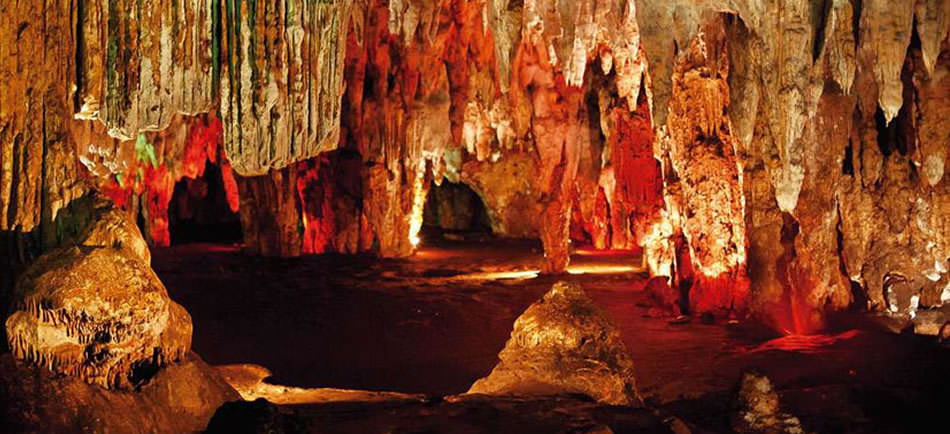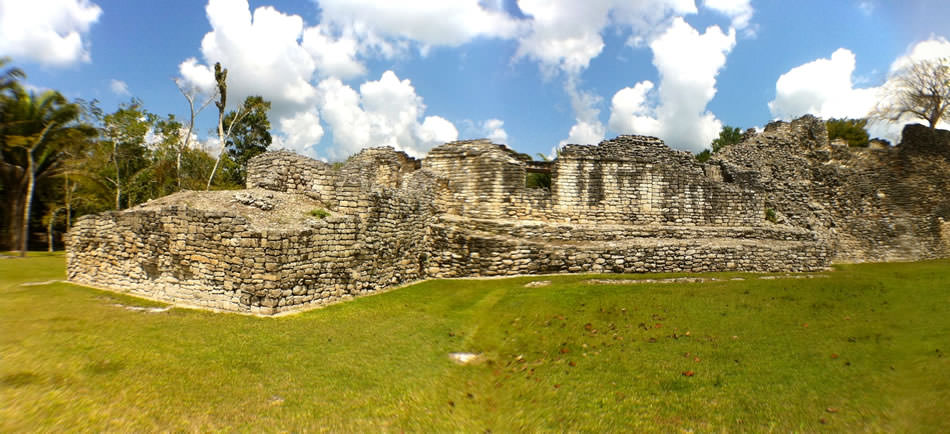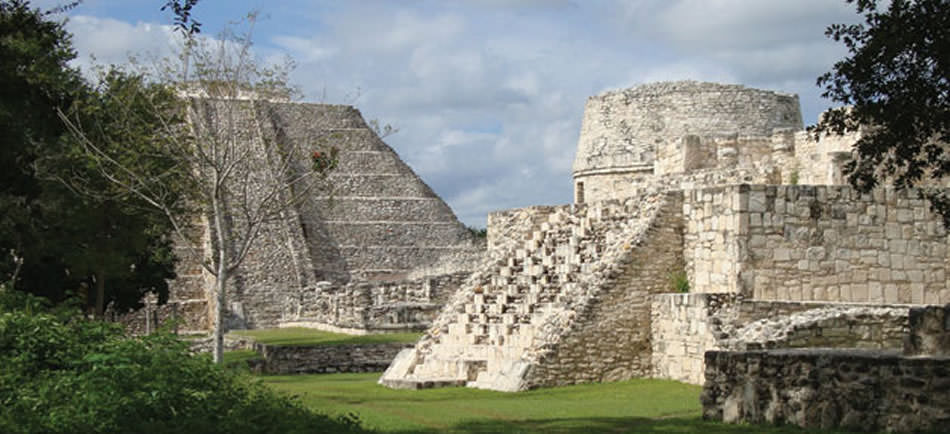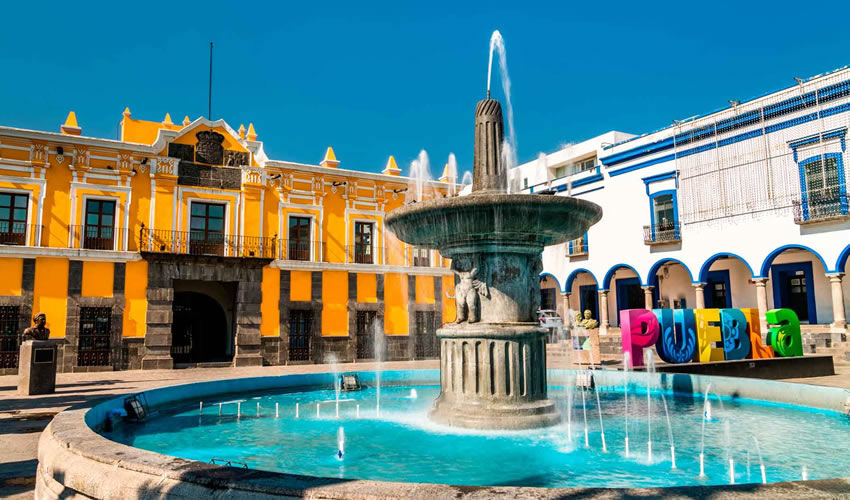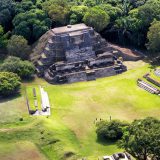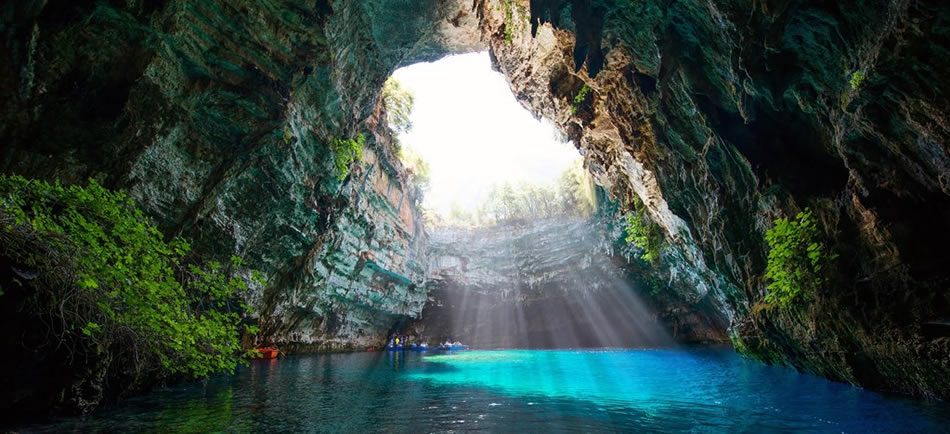
Actun Tunichil Muknal
Actun Tunichil Muknal, often abbreviated to “ATM”, is an important archaeological site located in the Tapir Mountain Nature Reserve in Belize. This ancient Mayan cave system is known for its well-preserved artifacts and skeletal remains.
The site offers a unique glimpse into the spiritual and ceremonial practices of the ancient Mayans.
Aktun Tunichil Muknal is a complex of caves formed by the flowing waters of the Roaring River. The cave system stretches for several kilometers and includes stunning limestone formations, underground rivers, and chambers decorated with stalactites and stalagmites.
There are several areas with skeletal remains in the main chamber. The best known is “The Crystal Maiden”, the skeleton of an adolescent (an 18-year-old girl), possibly a sacrifice victim, whose bones have been calcified to a sparkling, crystallized appearance.
Many of the Maya artifacts and remains are completely calcified to the cave floor.
The ceramics at the site are significant partly because they are marked with “kill holes”, which indicate that they were used for ceremonial purposes. One artifact, named the “Monkey Pot”, is one of just four of its type found in Central America.
The Maya also modified cave formations here, in some instances to create altars for the offerings, in others to create silhouettes of faces and animals or to project a shadow image into the cave.
The cave is extensively decorated with cave formations in the upper passages.
Animal life in the cave includes a large population of bats, large freshwater crabs, crayfish, catfish, and other tropical fish. Large invertebrates like Amblypygi and various predatory spiders also inhabit the cave. Agouti and otters may also use the cave.
These and many other species are quite common in river caves of this size in Belize.
The best time to visit Aktun Tunichil Muknal is during the dry season, which usually lasts from late November to April. During this period, rainfall is minimal and the weather is more conducive to exploring the cave system without major flooding or muddy trails.
History and timeline
Actun Tunichil Muknal served as a sacred site for the ancient Mayans.
Mayans considered it a portal to the underworld known as Xibalba. Archaeological evidence suggests that the cave was used for ritual ceremonies, including bloodletting and human sacrifice, during the Classical period (ca. 250-909 AD).
- Preclassic Period (2000 BC – 250 AD): The cave may have been used by the early Mayans for ceremonial purposes.
- Classical period (250-909 AD): Aktun Tunichil Muknal reached its peak as a ceremonial center, indicating increased human activity and ritual practices.
- Postclassic period (909 AD): The collapse of the Mayan civilization led to the abandonment of many ceremonial sites, including Actun Tunichil Muknal.
The cave
The cave is located in the Tapir Mountain Nature Reserve.
The main cave system is about 4.8 km long and consists of a long river passage of approximately 3.2 km, which ends at an upstream sump. A series of upper prehistoric passages continues another mile past the sump through massive breakdown boulders and giant rooms.
The cave can be exited through a tight squeeze ending in a giant sinkhole collapse in the jungle.
The cave’s upper passage is located about 1/3 of the way from the lower entrance. Here 14 skeletal remains have been found, and numerous examples of ancient Maya pottery remain.
The cave periodically closes when rainfall causes the river’s water level to rise and potentially flood parts of the cave.
Tourism
The Belize Tourism Board, with the Belize National Institute of Culture and History, and the Institute of Archaeology, has granted licenses to a small group of agents to conduct tours of this cave, in an attempt to balance its protection against tourist revenue.
Visitors to Aktun Tunichil Muknal can go on excursions led by licensed archaeologists and experienced guides. The tour usually involves moderate jungle trekking followed by swimming and cave exploration.
Highlights of the tour include viewing ancient artifacts such as pottery shards and ceremonial vessels, and observing skeletal remains, including the “Crystal Maiden”, the calcified skeleton of a young woman believed to have been a sacrificial victim.
Actun Tunichil Muknal offers a fascinating blend of adventure, history, and archaeology, making it a must-visit destination for travelers interested in exploring the ancient Maya civilization.
***
In late May 2012, a tourist accidentally dropped a camera and fractured a human skull estimated to be over one thousand years old. As a result, all cameras without a permit are banned from the cave.
A different visitor once broke another skull by accidentally stepping on it. All visitors are told to remove their shoes and wear socks when reaching the upper dry chamber to help minimize foot traffic impact.
